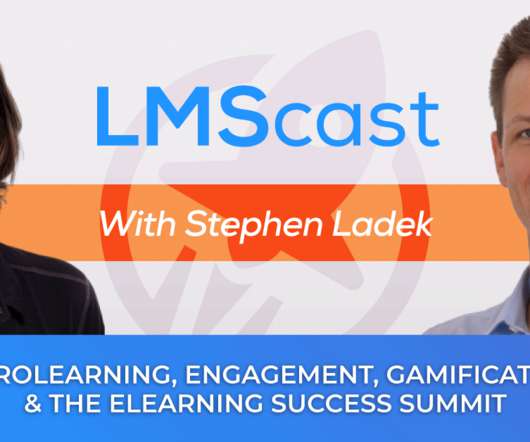Cammy Beans Learning Visions: The Big Question: Instructional Design as a Spectrum
Learning Visions
FEBRUARY 4, 2008
Monday, February 04, 2008 The Big Question: Instructional Design as a Spectrum The Learning Circuits Big Question this month: Instructional Design - If, When and How Much? My response here is not so much an answer to this question, but rather, further musings on this endless topic that Ive been rambling on about of late.



















Let's personalize your content